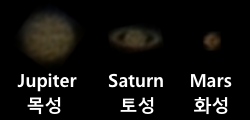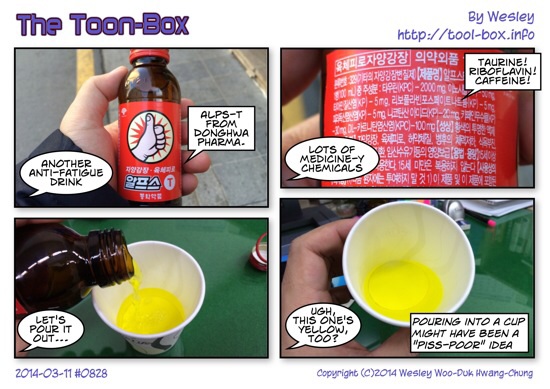Comparing planets' apparent sizes
Posted by Wesley on
Jupiter, Saturn, and Mars as seen on the same night
Planets shine bright even under a washed-out city sky, so I've gotten around to photographing them often. But it has only recently come to my mind that maybe I should take many of them in a single night and see how different the apparent sizes are at the (almost) same time. Last night was cloud-free, so I got around to actually carry it out.
So here's Jupiter, Saturn, and Mars. Venus was considered, but the nearby buildings blocked the view and I wasn't dressed to venture outside at the time. I did photograph the Moon while it was close to Jupiter. But it's too big to display it along with the planets, so that'll be up on another post.
Jupiter is the biggest, as expected, and it'd always be the biggest round planetary disc found in the Earth's sky. Currently, Mars looks slightly smaller than Saturn without its rings. When it makes a close approach to Earth, though, it can look bigger than Saturn.
Device: Canon SX50 HS
Settings: 1200mm (2x enlarged) - f/6.5
Filters: None
Time: in KST
Location: Suwon, Korea
Stacked with RegiStax 6.1.0.8
Jupiter: 2014-03-10 23:38, ISO 160 - 1/80s, 17 photos
Saturn: 2014-03-11 05:40, ISO 160 - 1/40s, 15 photos
Mars: 2014-03-11 05:52, ISO 80 - 1/160s, 15 photos
